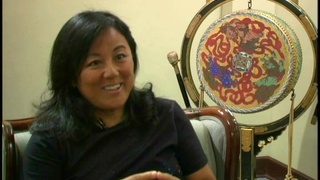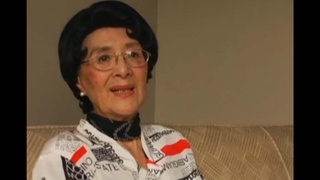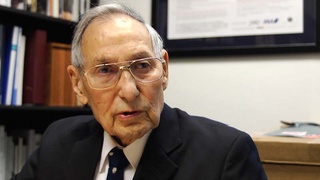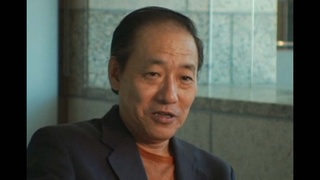Interviews
Realizing Importance of Birthplace
I think it goes way back to the first time I ever filled out a form—“Where were you born?” You put “Manzanar Relocation Center.” You find yourself having to explain it because people say, “Manzanar, where is that?” Or just the fact that putting “Relocation Center,” and not really knowing. Kind of knowing what it means—that Japanese were put in these places, and that I was born in the sabaku, in the desert. Knowing these things but not really fully understanding it.
I really began trying to understand it I think when I was, again, early in college. Probably like Alan. When in government classes, I had to do a paper, I did it on the racism in the internment of the Japanese American. I read all of Gordon’s books and things like that doing the research. It was very enlightening to me. It did politicize me in many ways.
Date: December 10, 2004
Location: California, US
Interviewer: Art Hansen, Sojin Kim
Contributed by: Watase Media Arts Center, Japanese American National Museum
Explore More Videos

Unable to work when the war broke out
(1913-2013) Doctor specializing in obstetrics in Southern California



Necessary apologies (Spanish)
(b. 1962) Peruvian Poet, Okinawan descendant

Starting to get angry
(1919-2020) Member of the 1800th Engineering Battalion. Promoted Japan-U.S. trade while working for Honda's export division.

Angry about the mistranslations of his father’s testimonies
(1919-2020) Member of the 1800th Engineering Battalion. Promoted Japan-U.S. trade while working for Honda's export division.

Not able to go to Manzanar on a furlough
(1919-2020) Member of the 1800th Engineering Battalion. Promoted Japan-U.S. trade while working for Honda's export division.

“All I have dear to me is in the camp”
(1919-2020) Member of the 1800th Engineering Battalion. Promoted Japan-U.S. trade while working for Honda's export division.

Feelings upon listening to the imperial rescript (Japanese)
(1928 - 2008) Drafted into both the Japanese Imperial Army and the U.S. Army.

Grandfather's arrival in the U.S., experiencing discrimination
(b. 1939) Japanese American painter, printmaker & professor

Yoshitaro Amano, Forced to Return to Japan by Prisoner of War Exchange Ship (Japanese)
(b. 1929) President of Amano Museum


Preserving Manzanar-Chutzpah and the DWP
(1938-2020) Japanese American attorney and civil rights activist

Message to Aspiring Japanese American Lawyers
(1938-2020) Japanese American attorney and civil rights activist

Returning to Japan on a prisoner-of-war exchange boat (Japanese)
(b. 1948) Executive Director of Amano Museum
